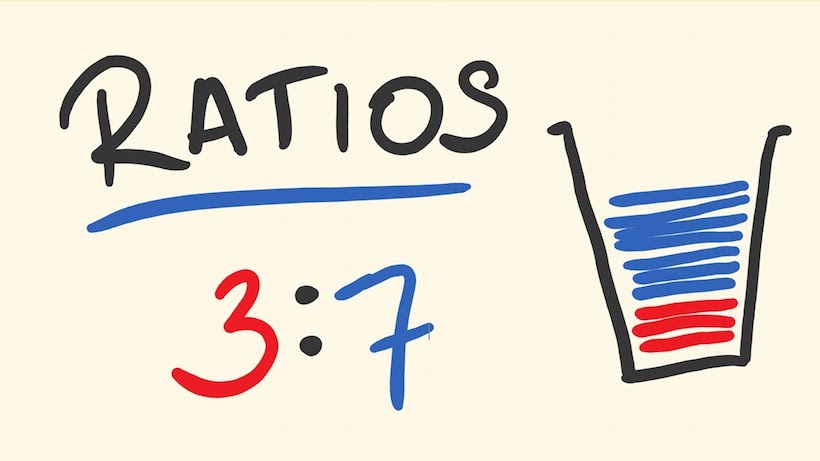What is meant by Financial Ratio?
Financial Ratio is the ratio which is arrived with the mathematical comparison between the two terms which would indicate the performance of the company. There are many ratios. We would start learning one by one:
1. Liquidity Ratios –
Liquidity ratios indicate that how fast the company can convert its assets into the cash. It is the ability of the company to meet its debt in the short run. The various liquid ratios are as under:
(a) Current Ratio:
This Ratios indicates the companies capability to meet its current/short term liabilities. Higher the ratio indicates the firms have high solvency ratio. The current ratio is expressed as follows – Current ratio – Current Assets/Current Liabilities
(b) Quick Ratio:
This ratio indicates the further bifurcation of the current ratio, which means the ratio takes into the account the assets which are the most liquid, which would cash the money if they are sold in the market. It is expressed as follows – Quick Assets / Current Liabilities ( Quick Assets means Current Assets excluding Inventories )
(c) Cash Ratio:
It further bifurcates the quick ratio by taking only the cash or cash equivalents which can render the cash immediately. It is expressed as follows – Cash + Cash equivalents + Current Investments / Current Liabilities
How to Read or Analyse a Balance SheetInternal Rate of Return – Intro, Advantages & DisadvantagesNet Present Value (NPV) – Meaning & Calculation
2. Leverage Ratios –
The term Leverage means Risk. This Ratio indicates the Risk arising from the use of the debt in the company. There are many ratios which are included in it. They are:
(a) Debt-Equity Ratio:
This ratio indicates the proportion between the debt and the equity from the market which are capable of satisfying the creditors of the company. It is expressed as follows – Debt / Equity. Lower the Ratio, Higher the degree of protection enjoyed by creditors and vice versa.
(b) Debt-Asset Ratio:
This ratio shows the company capabilities to which the liabilities support the companies assets. This is expressed as follows – Debt/Assets
(c) Interest Coverage Ratio:
This ratios shows the companies capabilities to to pay the interest on the total loan. It is mostly used by the lenders and the credit rating agencies. It is expressed as follows – EBIT/Interest
3. Turnover Ratios –
This ratios indicate the companies ability that how efficiently the Assets are employed in the company. There are many turnover ratios, which are explained here.
(a) Inventory Turnover Ratio:
This ratio shows how fast the inventory is moving through and generating the sales. It also shows how efficiently the inventory is managed. Higher the Ratio, more efficient the management is. It is expressed as Inventory/Average Inventory.
(c) Debtors Turnover Ratio:
It shows how efficient is company in extending its credit as well as collecting debts. Higher the ratio, better the credit management. It is expressed as Credit Sales/Average Trade Receivables.
(b) Fixed Assets Turnover Ratio:
How efficiently the fixed assets are employed. It is expressed – Revenue from Operations/Average Net Fixed Assets.
(d) Total Assets Turnover Ratio:
Shows how efficiently the total assets are employed on overall basis. It is expressed as follows – Total Revenues/Average Total Assets.
